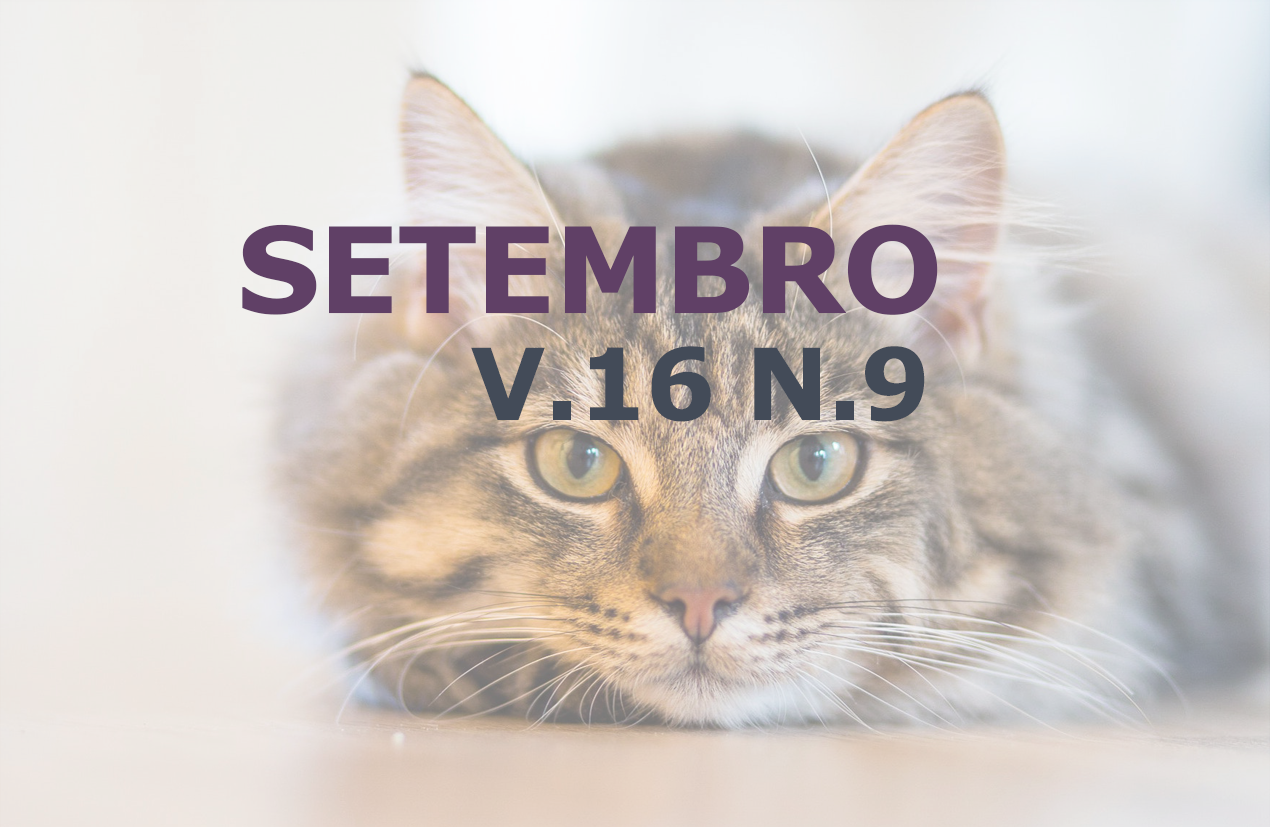Time required for ruminal bacteria to adapt to changes in the diet of confined cattle: Review
DOI:
https://doi.org/10.31533/pubvet.v16n09a1201.1-16Keywords:
Adaptation, cattle, feedlot, rumenAbstract
The system of production in animals’ feedlot is an excellent strategy for periods of food scarcity and lack of space. In feedlot, concentrated diets with high levels of fast-digesting carbohydrates are used. This review was carried out with the objective of addressing the effect of feedlot diets on the ruminal bacterial population in cattle finished in feedlot. Ruminal bacteria respond rapidly to dietary changes, since they reproduce at intervals of less than 60 minutes. The time of colonization of ruminal bacteria indicates the speed that adhere and penetrate into the food. Rumen microorganisms can be associated with food particles at different times. The particle size of food is one of the important factors for degradation, since it determines the attack surface for microorganisms and directly influences the time of colonization of the food. There is a linear relationship between the body size of the animals and the rumination rate, evidencing that it relates the size of the rumen or digestive tract with the body weight of the animals. Restriction and ladder adaptation protocols are the most used by nutritionists in beef cattle in feedlot The inclusion of additives and probiotics is a valid strategy to improve utilization, as long as it is used at appropriate levels. To minimize the negative effects of changes in diets, it is necessary to gradually adapt the ruminal microbiota, either by the adaptation protocols by ladder or by restriction. Both protocols typically improve health and maximize the performance of animals with 14 days of adaptation.
Downloads
Published
Issue
Section
License
Copyright (c) 2022 Ramon Soares da Silva, Renata Pereira da Silva-Marques, Monique Valéria de Lima Carvalhal

This work is licensed under a Creative Commons Attribution 4.0 International License.
Você tem o direito de:
Compartilhar — copiar e redistribuir o material em qualquer suporte ou formato
Adaptar — remixar, transformar, e criar a partir do material para qualquer fim, mesmo que comercial.
O licenciante não pode revogar estes direitos desde que você respeite os termos da licença. De acordo com os termos seguintes:
Atribuição
— Você deve dar o crédito apropriado, prover um link para a licença e indicar se mudanças foram feitas. Você deve fazê-lo em qualquer circunstância razoável, mas de nenhuma maneira que sugira que o licenciante apoia você ou o seu uso. Sem restrições adicionais
— Você não pode aplicar termos jurídicos ou medidas de caráter tecnológico que restrinjam legalmente outros de fazerem algo que a licença permita.





